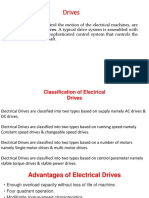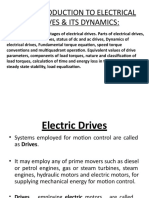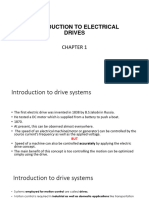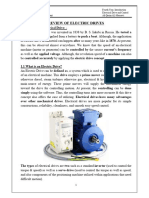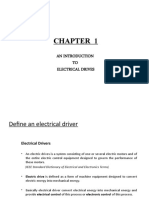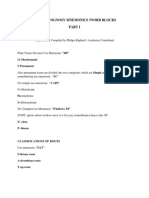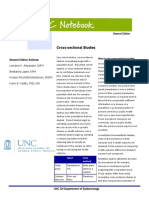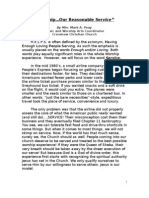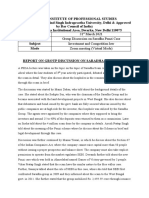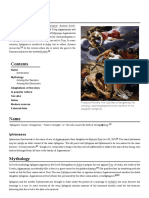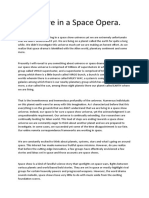0% found this document useful (0 votes)
12 views20 pagesAed Notes - Unit-1
The document provides an overview of advanced electrical drives, defining electric drives as systems that control the movement of electrical machines using various prime movers. It discusses components such as power sources, power modulators, control units, and load classifications, along with the advantages and disadvantages of electrical drives. Additionally, it covers applications, types of loads, and concepts like steady-state stability and regenerative braking in electric drive systems.
Uploaded by
senthersheni1999Copyright
© © All Rights Reserved
We take content rights seriously. If you suspect this is your content, claim it here.
Available Formats
Download as PDF, TXT or read online on Scribd
0% found this document useful (0 votes)
12 views20 pagesAed Notes - Unit-1
The document provides an overview of advanced electrical drives, defining electric drives as systems that control the movement of electrical machines using various prime movers. It discusses components such as power sources, power modulators, control units, and load classifications, along with the advantages and disadvantages of electrical drives. Additionally, it covers applications, types of loads, and concepts like steady-state stability and regenerative braking in electric drive systems.
Uploaded by
senthersheni1999Copyright
© © All Rights Reserved
We take content rights seriously. If you suspect this is your content, claim it here.
Available Formats
Download as PDF, TXT or read online on Scribd
/ 20













